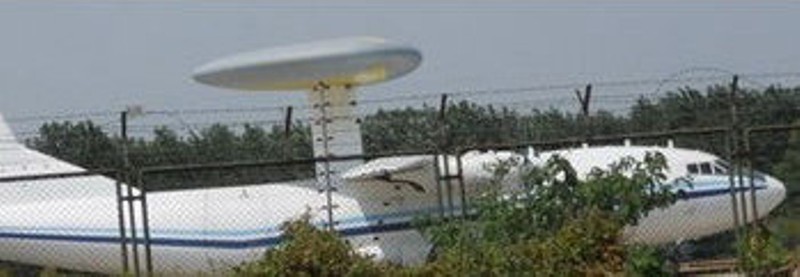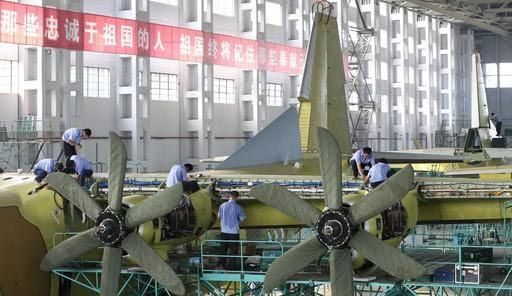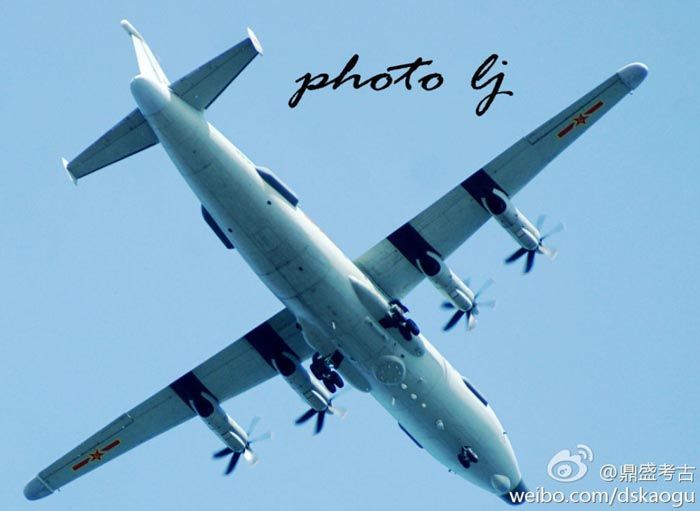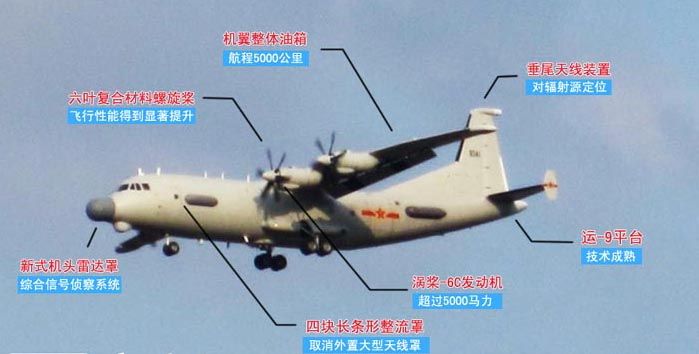For an AESA, the number of T/R modules determines the potential maximum signal that can be generated from that array toward a single target as well as determining the versatility of the array, i.e. how many modules can be tasked to how many different tasks at a given time from the same array. Therefore, since the flank arrays in the teardrop-shaped radome are larger than they would be in a perfectly circular radome, they offer more power and versatility than those arrays, at a potential loss of rearward coverage, as they would have to be able to scan in a greater than 120 degree arc to directly face the rear. If they cannot, then this may possibly be offset to some degree by embedding the T/R modules in the flank arrays at an angle so that they are already somewhat facing the rear to begin with.
We are talking probably about the difference of only a few dozen T/R modules here, but clearly designers feel this makes a big difference given all the different designs and their various strengths/weaknesses. For example, why have a dual, back-to-back pair of rotating arrays when you can just have a triangular, fixed radome? Simple, dividing a radome in half instead of thirds gives you a greater length and therefore greater cross-sectional surface area to install T/R modules in. The tradeoff is that this rotating mechanism could fail on you. And have you ever seen a rotating radome with 3 equilateral arrays? Of course not.
Taking this idea to the extreme gets you the balance beam array. You can make this array really long if you want, and with it you will get superior sideways looking performance, but you are completely blind in the front and rear unless you install chin and tail radars, which some AEWC aircraft do. And now try imagining a balance beam array installed inside a rotating radome that can enclose it. I'm imagining that such a flying mushroom won't actually be able to fly.
That is why I say that a teardrop-shaped radome is a design that is in between the balance beam and the equilateral fixed radome. You get better sideways coverage but also good forward coverage and some rear coverage, and all this without having to install a potential SPOF with a rotating mechanism.
Could you clarify as to why the teardrop radome arrangement will degrade rearward coverage of the flank arrays compared to a standard three array arrangement in a standard circular radome? This is assuming the TR modules on the flank arrays are greater in number compared to the flank modules on a standard circular three sided array.
I don't know how you got all of that from the CG or the photos. Speaking strictly about the CG, which is more clear than the photos, the flank arrays are definitely longer, but to my eyes betray no evidence of being thicker or thinner than the frontal array.
Well, the flank arrays taper off towards the rear and grow thinner quite noticeably, whereas the front array (from various photos) appears to be about equal height to the front of the flank arrays, which is also the highest point of the flank arrays.
+Karakoram+Eagle+active+electronically+scanned+array+radar+aesa+Pakistan+Air+Force+new+flying+air+in+service+(3).jpg)







